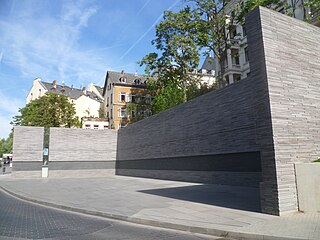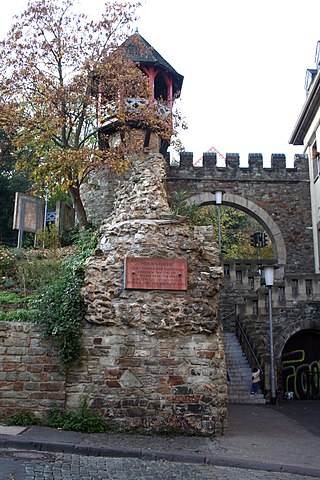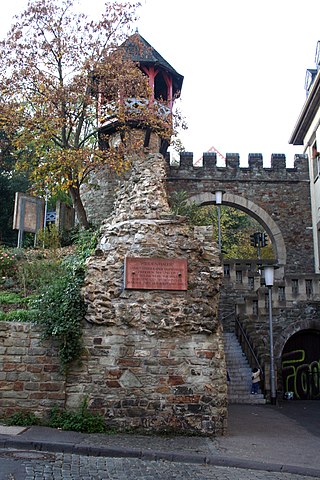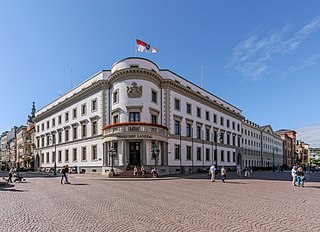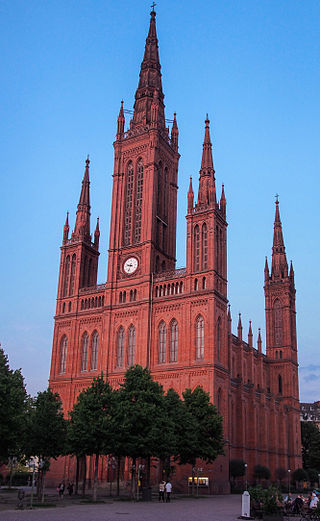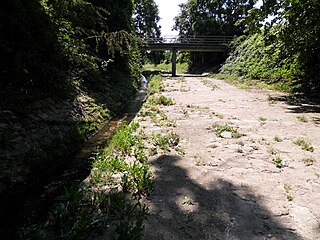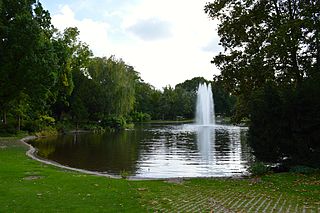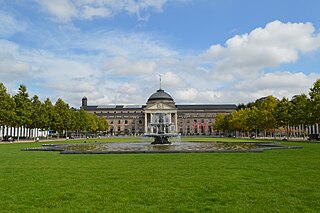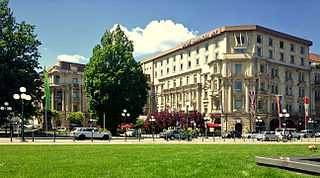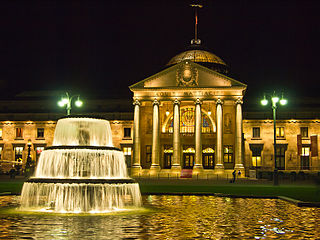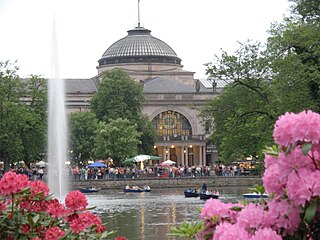Self-guided Sightseeing Tour #1 in Wiesbaden, Germany
Legend
Tour Facts
3.5 km
74 m
Experience Wiesbaden in Germany in a whole new way with our free self-guided sightseeing tour. This site not only offers you practical information and insider tips, but also a rich variety of activities and sights you shouldn't miss. Whether you love art and culture, want to explore historical sites or simply want to experience the vibrant atmosphere of a lively city - you'll find everything you need for your personal adventure here.
Individual Sights in WiesbadenSight 1: Gedenkstätte Alte Synagoge
The Memorial to the Murdered Jews of Wiesbaden, colloquially also known as the Michelsberg Memorial or Commemoration by Name in Wiesbaden, the capital of Hesse, is a memorial to the Jewish victims of the Holocaust from Wiesbaden during the National Socialist era.
Sight 2: Römertor
The Heidenmauer is the most famous Roman monument in the Hessian state capital Wiesbaden, the Roman Aquae Mattiacorum. According to previous opinions, it was built around 370 AD under Emperor Valentinian I, making it the oldest surviving building in the city. The purpose of this defensive wall cannot be clearly determined to this day, just as the dating cannot be narrowed down more precisely than generally to the late phase of Roman Wiesbaden.
Sight 3: Heidenmauer
The Heidenmauer is the most famous Roman monument in the Hessian state capital Wiesbaden, the Roman Aquae Mattiacorum. According to previous opinions, it was built around 370 AD under Emperor Valentinian I, making it the oldest surviving building in the city. The purpose of this defensive wall cannot be clearly determined to this day, just as the dating cannot be narrowed down more precisely than generally to the late phase of Roman Wiesbaden.
Sight 4: Kaiser-Friedrich-Therme
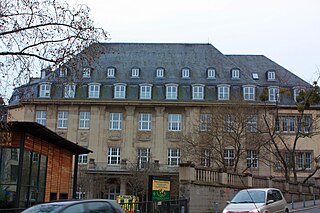
The Kaiser-Friedrich-Therme, originally called Kaiser-Friedrich-Bad, is a historic thermal bath in Wiesbaden, which was built in the years from 1910 to 1913 according to a design by the architect A. O. Pauly in Art Nouveau style. The bath is fed by the Adler Spring, the second largest thermal spring in Wiesbaden after the Kochbrunnen. Its water has a temperature of 64.6 °C.
Sight 5: Stadtschloss Wiesbaden
Wiesbaden City Palace is a neo-classical building in the center of Wiesbaden, Germany. It was completed in 1841 as the principal city residence of the Dukes of Nassau. The palace has several wings, 145 rooms, and is architecturally integrated with a group of ancillary buildings constructed both before and after it was built. With ornate towers, gables and a slate roof laid in herringbone patterns, the three-story complex lends charm and its name to the central square of Wiesbaden: Palace Square.
Sight 6: Marktkirche
Marktkirche is the main Protestant church in Wiesbaden, the state capital of Hesse, Germany. The neo-Gothic church on the central Schlossplatz was designed by Carl Boos and built between 1853 and 1862. At the time it was the largest brick building of the Duchy of Nassau. It is also called Nassauer Landesdom.
Sight 7: Salzbachkanal
The Salzbach is a right and northeastern tributary of the Rhine that is about 6 km long on its name course, together with its left upper course Rambach, about 15 km long. It drains the area from the main Taunus ridge in the north down through the city centre of Wiesbaden to the mouth of the knee of the Upper Rhine on the southern edge of the city.
Sight 8: Warmer Damm
The Warmer Damm is a public park in the centre of Wiesbaden, Germany, stretching from the Wilhelmstraße to the southern borders of the Kurpark and lying immediately in front of the Hessian State Theater. It was created between 1860 and 1861 as an English landscape park and includes a pond.
Sight 9: Schillerdenkmal
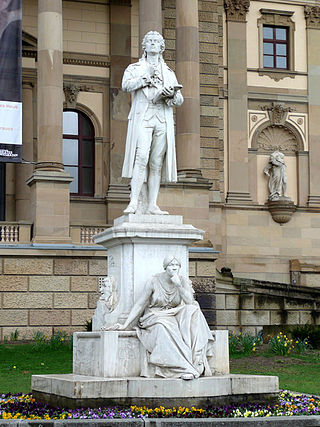
The Schiller Monument in Wiesbaden was erected in 1905 on the occasion of the 100th anniversary of Friedrich Schiller's death, the statue and its accompanying figure were created by the well-known Berlin sculptor Joseph Uphues.
Sight 10: Bowling Green
The Bowling Green is a park in the Hessian state capital of Wiesbaden.
Sight 11: Hotel Nassauer Hof
Nassauer Hof is a luxury five-star superior hotel in Wiesbaden, Germany, and member of the international association The Leading Hotels of the World as well as the German association Selektion Deutscher Luxushotels. The property was built in 1813 and is situated across from the Wiesbaden Kurhaus and at the end of Wiesbaden's luxury shopping avenue Wilhelmstrasse.
Sight 12: Kurhaus Wiesbaden
The Kurhaus is the spa house in Wiesbaden, the capital of Hesse, Germany. It serves as the city's convention centre, and the social center of the spa town. In addition to a large and a smaller hall, it houses a restaurant and the Wiesbaden Casino, or Spielbank, which is notable for allowing the "highest roulette stakes in Germany", and where Fyodor Dostoyevsky was said to have received the inspiration for his novel The Gambler.
Sight 13: Kurpark
The Kurpark, German for "Spa Park", is a public park in the centre of Wiesbaden, Germany, stretching from the Wilhelmstraße to the southern borders of the district of Sonneberg and lying immediately behind the Kurhaus convention center. It was created in 1852 as an English landscape park and includes a lake where boats can be rented, and a 6 metres (20 ft) tall fountain. It has been described as the most beautiful park in Wiesbaden.
Share
How likely are you to recommend us?
Disclaimer Please be aware of your surroundings and do not enter private property. We are not liable for any damages that occur during the tours.
GPX-Download For navigation apps and GPS devices you can download the tour as a GPX file.
